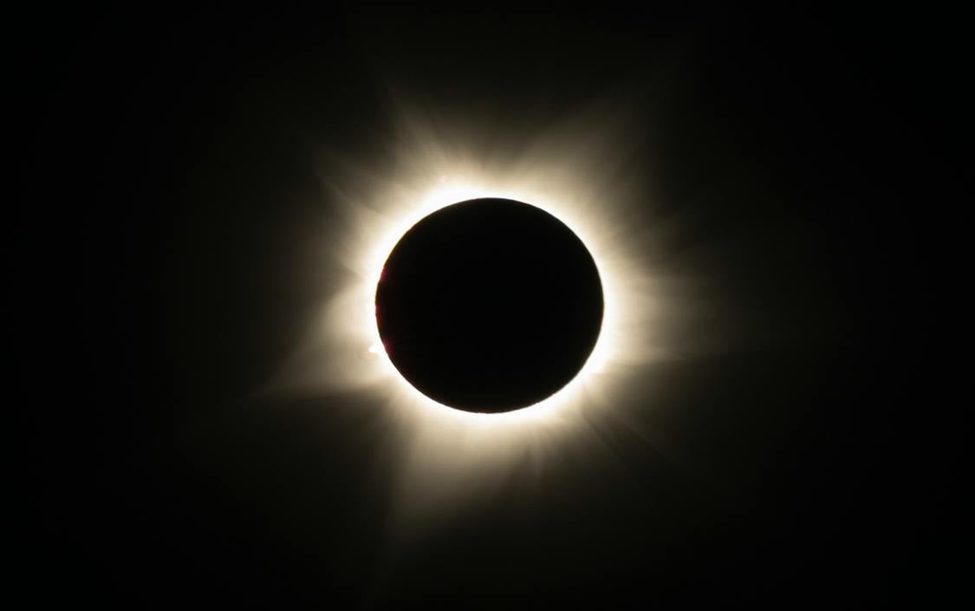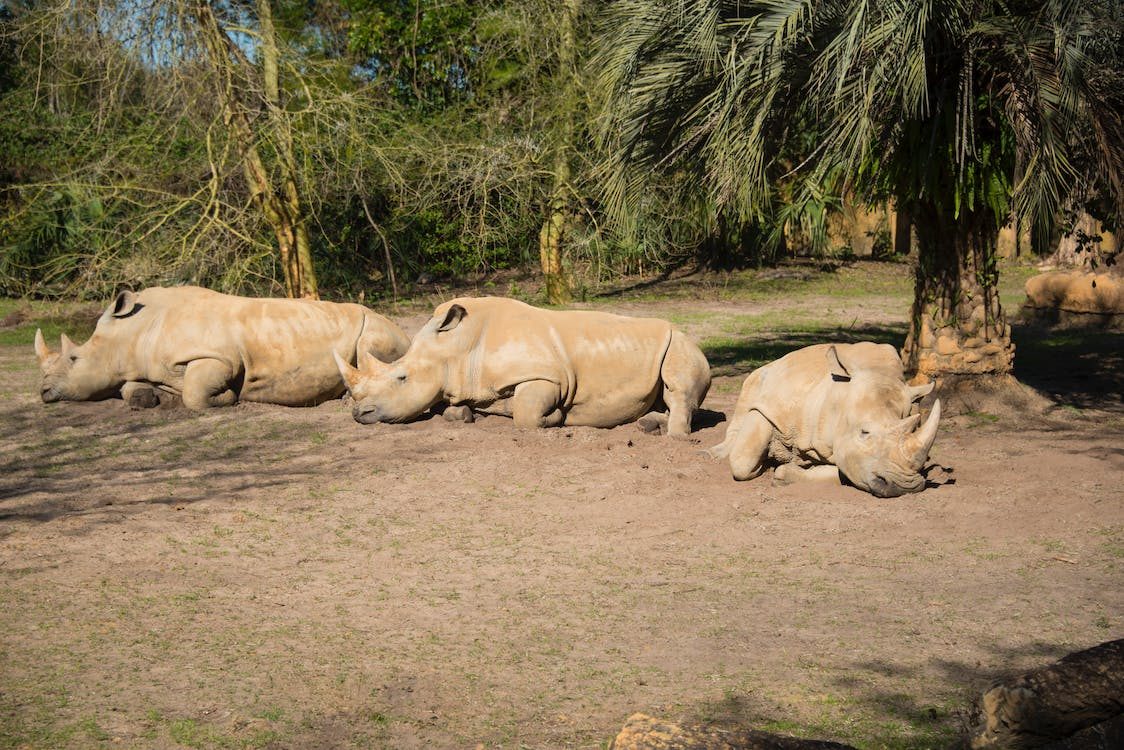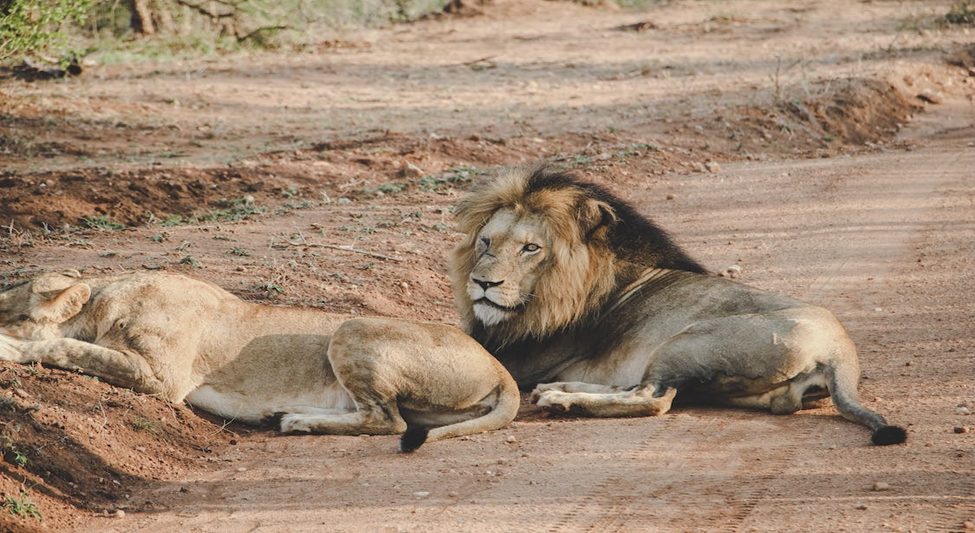The Impact of Total Solar Eclipses on Wildlife

The natural alignment of the sun, moon, and Earth creates the extraordinary phenomenon of a solar eclipse. Here, our star is obscured, momentarily cloaking the planet in an eerie darkness. For astronomers and nature enthusiasts alike, witnessing a total solar eclipse is an unforgettable experience, one celebrated for its rarity and inherent beauty.
Impact on Wildlife: Adaptation to Temporary Darkness

The phenomenon of a total solar eclipse has profound implications for the animal kingdom that extend beyond mere spectacle. Wildlife must contend with the drastic and precipitous drop in light and the corresponding dip in temperature, challenges that occur rarely and with little warning. This adaptive response to temporary darkness is a testament to the resilience and flexibility of various species within their respective ecosystems.
The behavior of animals during these events has become a topic of intense scrutiny for scientists and enthusiasts. Some wildlife are seen to demonstrate remarkable adaptability—almost as if they are aware that the darkness is a fleeting anomaly rather than a permanent shift in their environment. Insects that are typically nocturnal may emerge en masse, only to disappear once the sunlight pierces the shadow. Flowering plants that close their petals at night might exhibit a rapid blooming cycle in response to the darkness and then reverse once again when the eclipse passes.
Predators and prey alike must make split-second decisions in this altered world, a fact that can lead to unusual patterns of interaction. The sudden darkness can disorient prey species, making them more vulnerable to predators who, conversely, may find the sudden change to be an opportunistic time to hunt. Furthermore, the quieting of diurnal species during the eclipse can cause a noticeable stillness, leading to a shifting soundscape that could potentially affect communication and mating behaviors.
The effects of a solar eclipse on wildlife, particularly regarding the adaptation to temporary darkness, offer a frontier for research and an opportunity for humanity to observe and learn. Each eclipse event provides a natural experimental setup for biologists and ecologists to examine and better understand the intricate workings of animal behavior and ecosystems in response to sudden environmental change.
Behavioral Changes in Animals during an Eclipse

During a solar eclipse, the behavioral changes in animals are multifaceted and often dramatic. As the moon obscures the sun, a cascade of alterations in animal behavior unfolds, painting a vivid picture of nature’s responsiveness to celestial movements. Migratory birds, which rely on the consistent rhythm of the day to navigate and feed, may become disoriented and abruptly return to their nests or roosts, possibly perceiving the eclipse-induced darkness as a signal that day has turned to night. Diurnal animals, those active in daylight hours, may exhibit signs of settling into their nocturnal rest, confused by the sudden disappearance of sunlight.
On the other end of the behavioral spectrum, nocturnal creatures, which typically lie dormant during the day, can begin to stir from their slumber. They may interpret the eclipse’s darkness as the onset of evening and commence their nightly routines of hunting or foraging. This can lead to a rare and intriguing intersection of diurnal and nocturnal species’ behaviors, as they each respond to the eclipse in their instinctual ways.
The reduction in light and the accompanying drop in temperature can shift feeding patterns as well. Animals that draw cues from variations in light may start their evening feeding behaviors or, conversely, cease foraging activities until the light returns. This shift not only impacts individual species but can ripple across food webs and ecosystems as predator-prey interactions suddenly change, and the usual patterns of activity are turned on their head.
Such behavioral changes in animals during an eclipse are not just curious phenomena; they offer invaluable insights for researchers. By observing these responses, scientists can deepen their understanding of animal behavior, circadian rhythms, and the extent to which light governs the life cycles of diverse species. The eclipse provides a natural laboratory, a brief window during which the animal kingdom operates under an alternate set of rules, offering a unique opportunity to study wildlife adaptation and resilience when faced with sudden and extreme environmental change.
Examples of Specific Species Reactions

Observations from historical eclipse events have cataloged a wealth of intriguing animal responses to the sudden darkness. Data shows how various species exhibit unique reactions that resemble their behaviors at dusk. For example; honeybees have been recorded rapidly retreating to their hives as the sky darkens, signaling to them that their typically busy day of foraging should come to an end. This cessation of activity during the eclipse presents a stark contrast to their usual industriousness in sunlight.
In the case of elephants, there have been reports of entire herds congregating closely together, much like they would during twilight hours. Gentle rumbling vocalizations may be heard among the group, a sound that can be associated with communication that ensures the cohesion and security of the herd. Researchers interpret this behavior as a protective mechanism, akin to a family unit seeking comfort and safety in what they might perceive as an unexpected onset of night.
These reactions are not isolated to just a few species. Others, like chimpanzees, have been seen to halt their daily activities and exhibit signs of restiveness during an eclipse. Even domesticated animals are not immune to the effects; there have been instances where farm animals have been observed to return to their barns or lie down in preparation for sleep, lulled by the dimming light into a state of repose.
Marine life also responds in kind, with reports of reduced activity or changes in vocalization patterns in cetaceans like dolphins and whales. Birds too, often cease their singing and may fly to their roosts as the darkness mimics their natural cues for the end of the day.
The precise mechanisms driving these behaviors are not entirely understood, but the general consensus aligns with a disruption of the circadian rhythms that dictate daily cycles of activity. Each observation of varied species reactions fortifies our comprehension of the extensive influence that light exerts on the biological frameworks of wildlife. Such instances spotlight the remarkable adaptability and the intricate biological programming inherent among Earth’s diverse fauna. The continued study of these reactions not only satiates human curiosity but also enhances our conservation efforts by deepening our knowledge of species’ needs and behaviors.
Scientific Research and Findings: A Closer Look at Eclipse Effects

The mystique of a solar eclipse transcends cultural fascination and enters the realm of scientific intrigue, with the scientific community zealously investigating how these celestial events influence animal behavior and its broader ecological implications. Eclipses provide a unique opportunity for ecologists and biologists to delve into the effects of abrupt changes in natural light patterns, which remain a fundamental component dictating the behavior of wildlife.
Studies Conducted on Animal Behavior During Eclipses
When a solar eclipse unfolds, researchers are presented with a spontaneous and somewhat controlled environment that enables the observation of wildlife responses in real-time. Advanced technologies, including high-resolution cameras, autonomous recording devices, and GPS tracking systems, have become invaluable tools in these scientific pursuits. Teams of researchers deploy these instruments within various ecosystems, setting stages to capture the nuances of behavioral shifts among different species. Such data acquisition is critical in yielding quantifiable insights into the dynamics at play.
The studies often focus on a range of species, including both terrestrial and aquatic, attempting to craft a comprehensive picture of the eco-biological impact eclipses have across the spectrum of life. In the wake of a solar eclipse, video footage and sensor data offer compelling evidence of behaviors that might otherwise go unnoticed, revealing patterns that address long-standing hypotheses or, conversely, give rise to new questions.
As nocturnal and diurnal creatures inadvertently find themselves active simultaneously, scientists observe interactions that are rarely witnessed in nature. These interactions may highlight competitive or symbiotic relationships previously underestimated or undiscovered. Furthermore, the atypical behaviors presented by animals during an eclipse, such as the cessation of foraging in honeybees or the assembly behavior in elephants, provide empirical support for the role of sunlight in the regulation of biological rhythms.
The drop in temperature accompanying the decrease in light is another variable that scientists meticulously monitor. Ambient temperature sensors record the fluctuations that accompany the stages of an eclipse, offering data that correlates with changes in animal activity, whether it be a reduction in hunting vigor or an increase in communal behaviors that may serve thermoregulatory functions.
Broader Implications of Eclipse Studies
Beyond their immediate findings, these eclipse studies have far-reaching implications. They not only enhance our understanding of animal behavior and ecology but also contribute to fields such as conservation biology and wildlife management. By understanding how animals react to abrupt changes in their environment, conservationists can better predict how species might cope with more permanent alterations due to human-induced factors like climate change or habitat destruction.
Additionally, these studies inform us about the circadian rhythms that are essential for the health and well-being of species. The data harvested during eclipses can improve captive animal care, guide rehabilitation efforts for injured wildlife, and aid in the design of reserve areas by highlighting the importance of natural light cycles.
In essence, the scientific research into the effects of solar eclipses on wildlife is about more than understanding the behavior of animals during a rare event. It’s an exploration of the resilience and adaptability of life on Earth, a testament to the intricacies of ecosystems, and a reminder of the delicate harmony that exists between living organisms and their environment. By continuing to study these fleeting shadowy moments, we not just only unravel mysteries; we equip ourselves with the knowledge to preserve the intricate balance of nature.
Conclusion: An Ode to the Wild in Eclipse Moments

As we reflect on the influence of solar eclipses on wildlife, we are reminded of the incredible complexity and adaptability of the natural world. These events are not just ephemeral darkened suns; they are catalysts for exploration and understanding. Let us continue to appreciate and protect the environments that support this rich tapestry of life, ensuring that every eclipse remains as intriguing and educational as the last. In closing, the study of wildlife during solar eclipses marks a confluence of scientific inquiry, environmental appreciation, and educational enrichment. It showcases the importance of preserving natural habitats not only for the wildlife that calls them home but for the chance to learn and grow alongside them. Let each new eclipse bring with it a renewed vow to safeguard our planet’s wonders, great and small.
